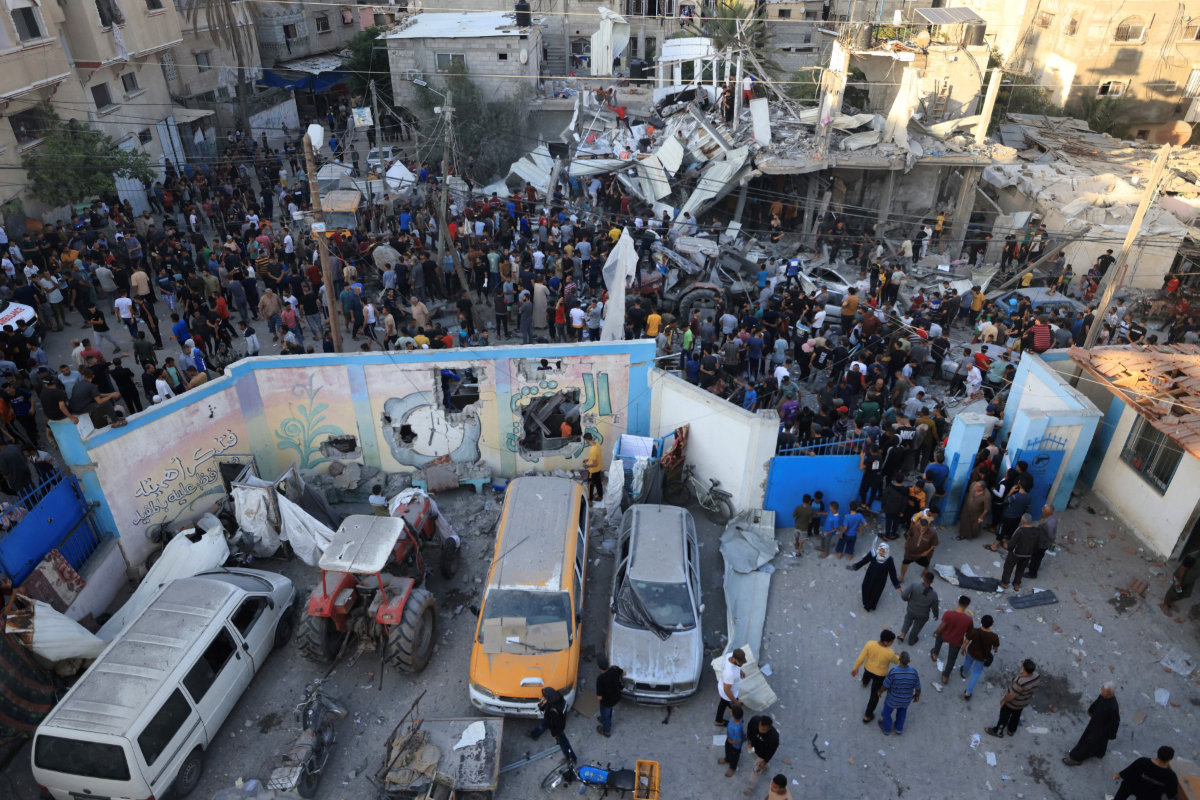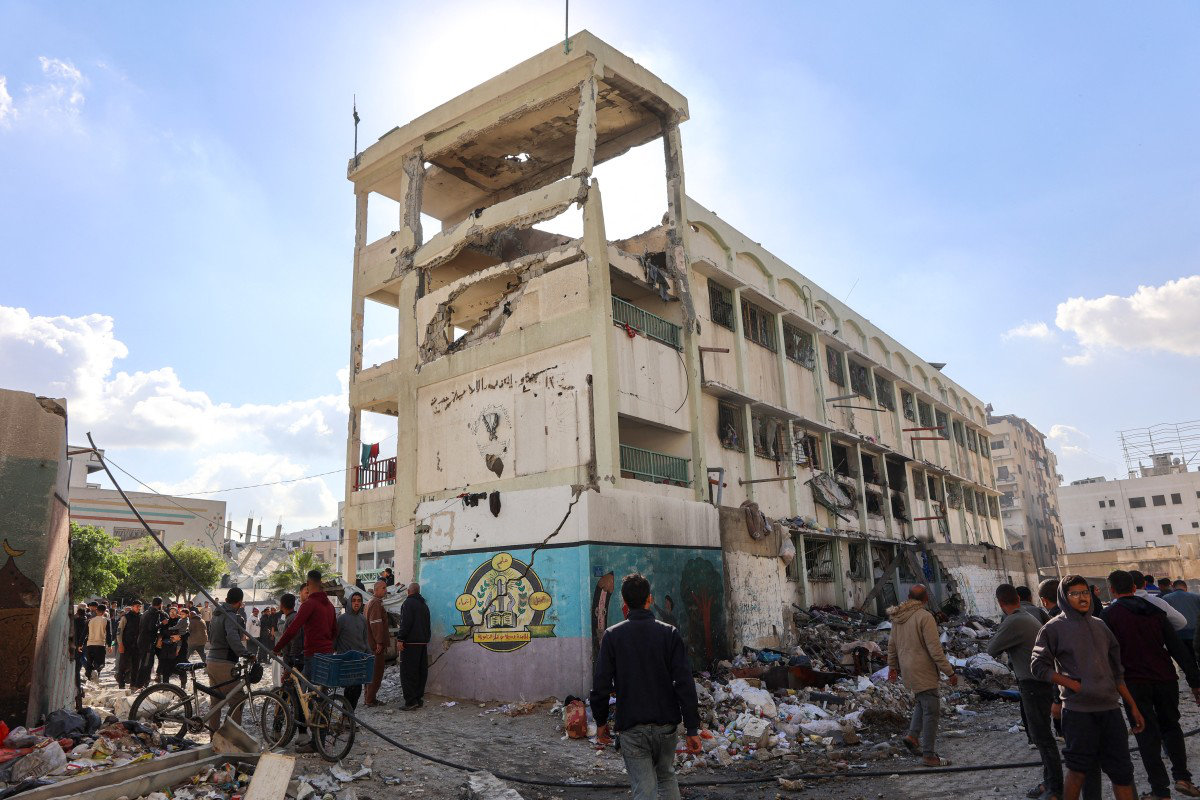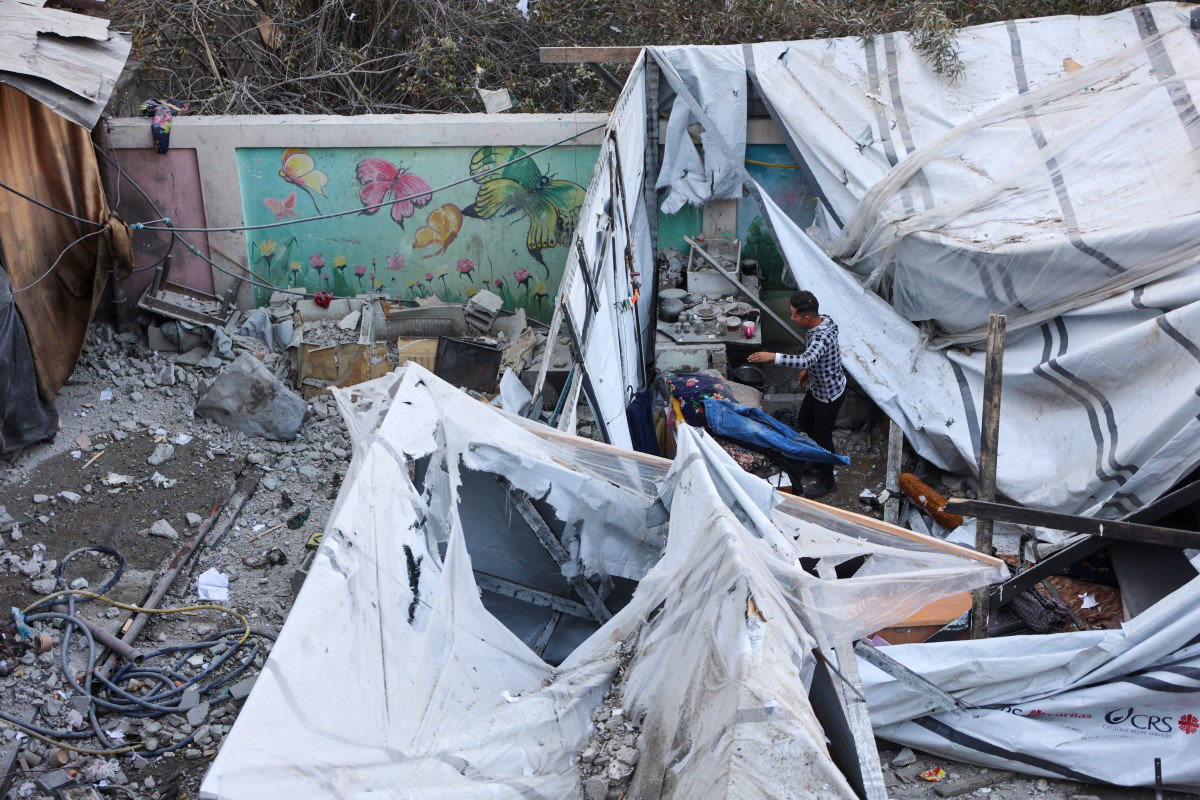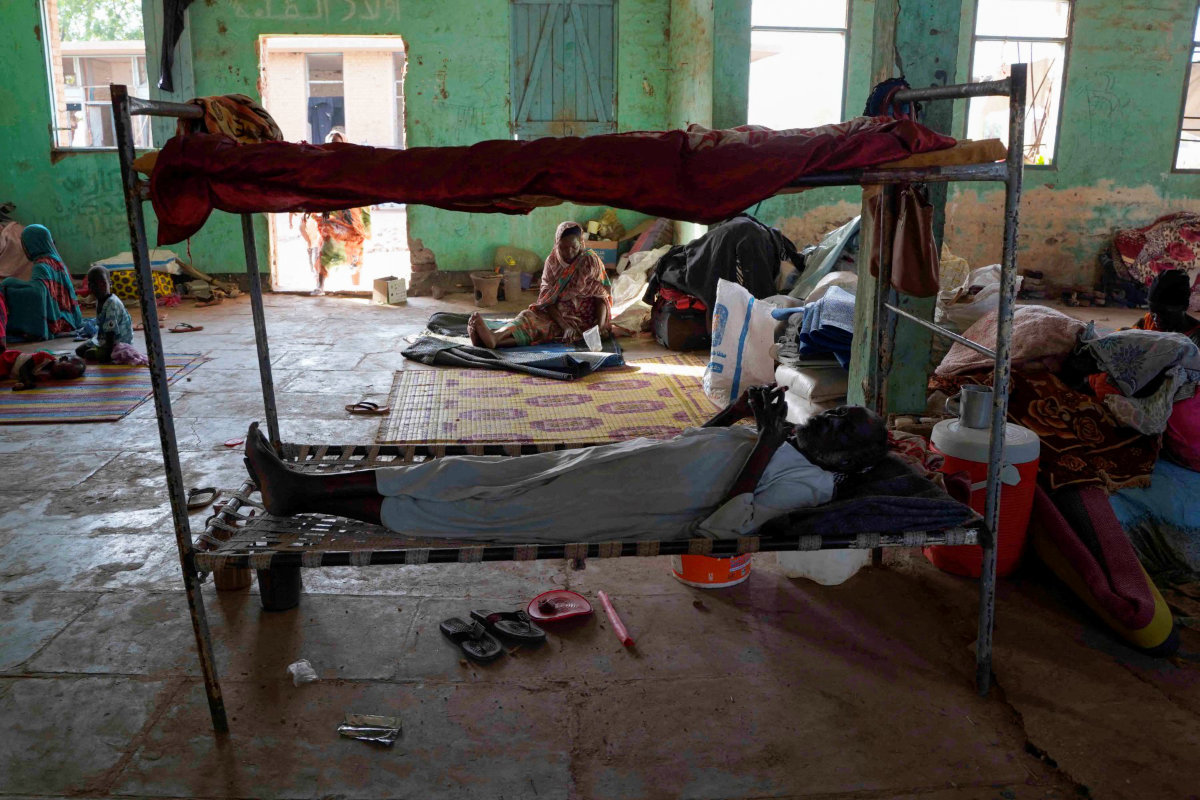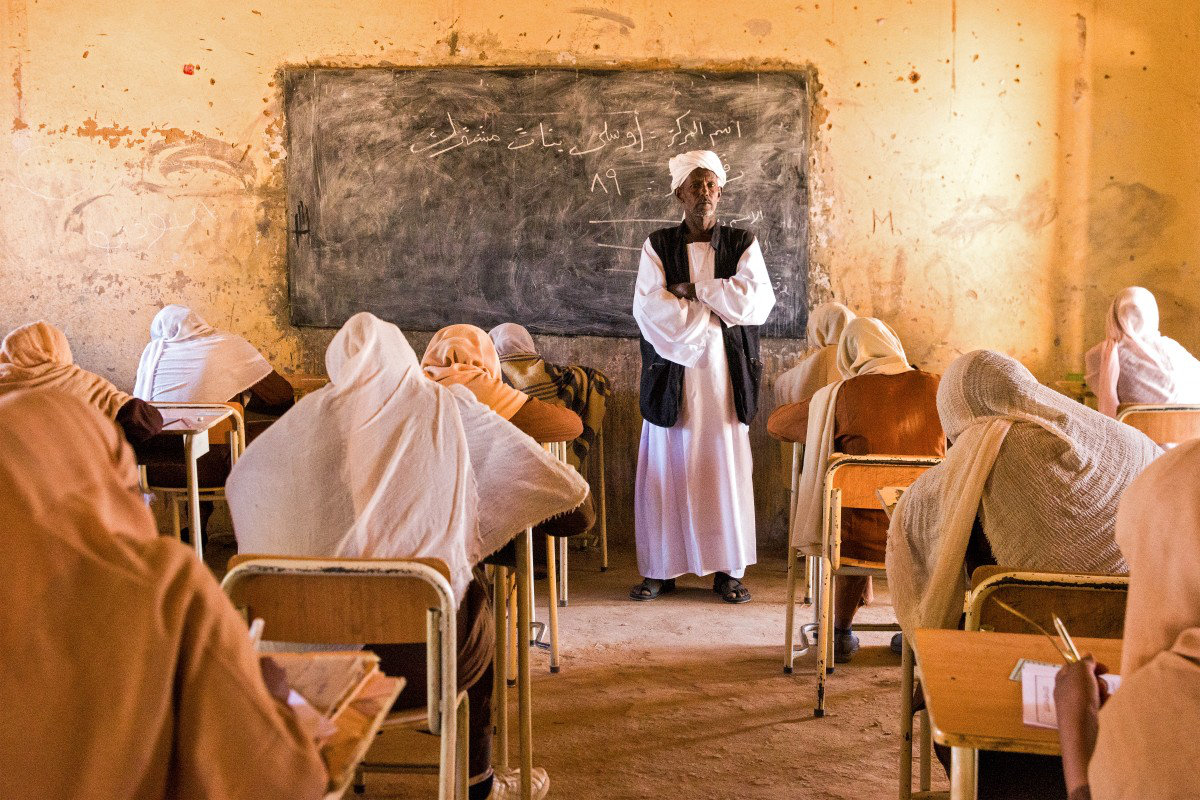UNITED NATIONS: The UN Security Council on Friday voted unanimously to send a civilian observer mission to Yemen to monitor a fragile truce in the strategic Red Sea port of Hodeidah and supervise the departure of combatants.
The Britain-drafted resolution was adopted by all 15 council members after a week of tough negotiations. The text also endorsed the results of recent peace talks in Sweden aimed at ending the four-year-long conflict.
Britain’s UN Ambassador Karen Pierce praised the council’s unanimity “on this very important issue that affected so many millions of citizens in Yemen today.”
“The most important matter now is that we turn to urgent implementation,” she said. “It’s vital that the parties follow through on their commitments to pave the way for a formal relaunch of (peace) negotiations, and at the same time deliver real improvements on the ground that make a tangible difference to ordinary Yemenis.”
--------------------------
READ MORE
Yemen's Houthi militia violates Sweden agreement on ceasefire in Hodeidah - Arab Coalition
--------------------------
That revised draft resolution was approved for all 15 Security Council members.
It authorizes UN Secretary-General Antonio Guterres “to establish and deploy, for an initial period of 30 days ... an advance team to begin monitoring and to support and facilitate the immediate implementation of the Stockholm agreement.”
It also endorses the truce agreement, a prisoner exchange agreement, and a “statement of understanding” aimed at reducing fighting in the central city of Taiz.
The resolution requests Guterres to submit proposals “as soon as possible before Dec. 31” on how the United Nations will fully support the cease-fire, the redeployment of the rival forces from the Hodeida area and other provisions in the accord.
The agreement also included a planned prisoner swap involving some 15,000 detainees.
Welcoming the resolution, Saudi Arabia’s deputy permanent representative at the UN, Dr. Khaled Manzalawi, said the resolution confirmed “the success of the military pressure by the coalition and the Saudi diplomatic efforts in forcing the Houthis to withdraw from Hodeidah.”
The resolution, he said, granted the UN the right to deploy a team to monitor the cease-fire in Hodeidah, which will reduce Houthis’ room for maneuver and prevent their obstructive attempts and repetitive violations in the past.
#SaudiArabia welcomes the #UK led #UNSC resolution on #Yemen. The resolution affirms the efforts of Saudi diplomacy led by His Excellency the Saudi Foreign Minister @AdelAljubeir and the Permanent Representative of the Kingdom to the @UN Ambassador @amouallimi pic.twitter.com/06S4bkCzqL
— KSA Mission UN (@ksamissionun) December 21, 2018
The UN Security Council resolution “insists on the full respect by all parties of the cease-fire agreed” for Hodeidah.
The UN envoy for Yemen, Martin Griffiths, had urged rapid deployment of UN monitors as "an essential part of the confidence" needed to help implement the Dec. 13 cease-fire agreement between Yemen's government and Houthi militia reached in Stockholm, Sweden.
DPR @khaledManzlawiy: We extend our deepest thanks to our Kuwaiti @KuwaitMissionUN & American @USUN colleagues for their efforts in reaching the appropriate resolution which is in the interest of the brotherly people of Yemen and the maintenance of international peace & security
— KSA Mission UN (@ksamissionun) December 21, 2018
The UN-brokered peace negotiations in Stockholm last week saw Yemen’s warring parties agree to a cease-fire and the withdrawal of fighters in Hodeidah, a key gateway for aid and food imports.
The city is a vital lifeline for millions at risk of starvation, and the cease-fire between government forces backed by the Arab coalition and Iran-backed Houthi militia is seen as the best chance yet of ending four years of devastating conflict.
The latest version of the UN draft — which was amended several times this week at the request of the United States, Russia and Kuwait — “insists on the full respect by all parties of the cease-fire agreed” for Hodeidah.
It authorizes the United Nations to “establish and deploy, for an initial period of 30 days from the adoption of this resolution, an advance team to begin monitoring” the cease-fire, under the leadership of retired Dutch general Patrick Cammaert.
According to the UN, Cammaert — who served multiple times as a UN peacekeeper — was expected to arrive in the Jordanian capital Amman on Friday, before heading to the Houthi-held capital Sanaa and Hodeidah.
The draft resolution also authorizes UN Secretary General Antonio Guterres to “submit proposals as soon as possible before December 31, 2018 on how the United Nations will fully support the Stockholm Agreement as requested by the parties.”
Diplomats said the UN observer mission could consist of 30 to 40 people, tasked with ensuring the withdrawal of the warring parties from Hodeida and the safe passage of humanitarian aid.
The observers will head up monitoring teams made up of government and rebel representatives, under the auspices of a Redeployment Coordination Committee headed by Cammaert.
French Ambassador Francois Delattre said the unanimous vote sent a “strong signal of the council’s unity and engagement” on Yemen, and that it had put its weight behind the UN-brokered talks.
Diplomats said the UN observer mission could consist of 30 to 40 people, tasked with ensuring the withdrawal of the warring parties from Hodeidah and the safe passage of humanitarian aid.
The UN said the first members of the mission were already en route to the region.















